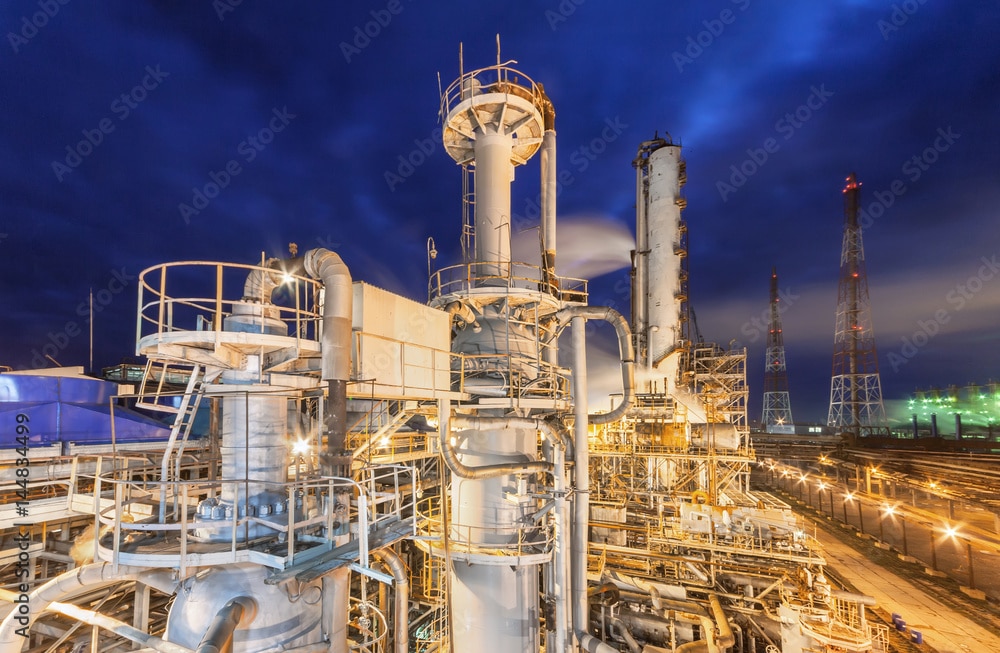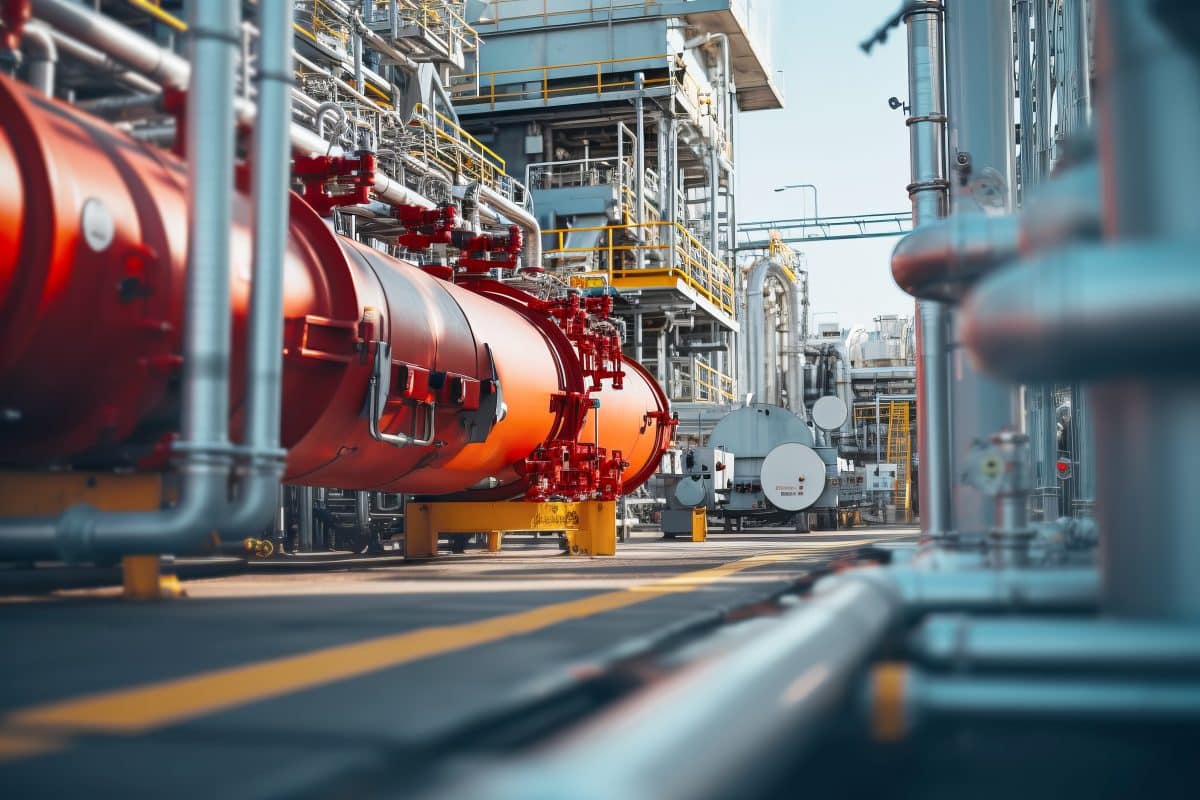ExxonMobil Baytown Low-Carbon Hydrogen and Ammonia Project: A New Milestone in Clean Energy
ExxonMobil, one of the world’s leading energy companies, is progressing with plans for a cutting-edge low-carbon hydrogen and ammonia facility in Baytown, Texas. This ambitious project, expected to produce up to 28.3 million cubic meters (1 billion cubic feet) of low-carbon hydrogen per day and nearly 1 million metric tonnes of ammonia annually, represents a significant technological leap toward sustainable energy production. Through this facility, ExxonMobil aims to capture over 98% of the associated CO2 emissions using advanced carbon capture and storage (CCS) technologies.
The engineering, procurement, and construction (EPC) services for the facility’s enabling works, infrastructure, and interconnects will be provided by Australian company Worley, marking another chapter in their global collaboration with ExxonMobil. However, the project’s progress remains contingent upon a final investment decision (FID) due in 2025, as well as requisite regulatory permits and supportive government policy. If approved, the facility is slated for startup in 2029.
“This project contributes significantly to strengthening Worley’s backlog,” said Chris Ashton, CEO of Worley. “We are delighted to continue our strategic relationship with ExxonMobil in delivering innovative projects that drive the energy transition.”
Hydrogen Industry Strategic Partnerships
ExxonMobil’s Baytown facility is backed by an interconnected network of partnerships that aim to foster technological innovation and international collaboration.
Abu Dhabi National Oil Company (ADNOC) signed an agreement in late 2024 to acquire a 35% equity stake in the project. This partnership reinforces the effort to accelerate a global transition to cleaner fuels and reduce greenhouse gas emissions in hard-to-decarbonize sectors like industry, energy, and transportation.
Air Liquide, a French industrial gas supplier, is also involved in the project with a focus on developing a low-carbon hydrogen market along the U.S. Gulf Coast. This partnership is intended to help industrial customers decarbonize their processes and contribute to the growth of hydrogen as a sustainable energy source.
JERA, a Japanese energy major, entered into discussions about potential ownership participation and the procurement of low-carbon ammonia from the Baytown project. This collaboration provides a key link to Japanese markets and aligns with Japan’s commitment to low-carbon energy solutions.
These alliances underscore the global nature of the clean energy transition, with the Baytown facility serving as a significant example of cross-continental cooperation.
Technological Innovations
One of the most critical features of the Baytown project is its reliance on hydrogen technology to lower carbon emissions. Here’s how the key players are contributing to innovation in this field:
ExxonMobil’s Carbon Capture and Storage (CCS): At the foundation of the facility’s sustainability is ExxonMobil’s CCS technology. It involves capturing CO2 generated during hydrogen production before it reaches the atmosphere, effectively eliminating 98% of emissions. Captured carbon is then stored in geological formations deep underground, ensuring it does not contribute to climate change. This approach turns traditionally carbon-intensive processes into cleaner, more viable options for large-scale energy production.
Air Liquide’s Electrolysis Expertise: Air Liquide brings to the table its expertise in hydrogen production using water electrolysis, which splits water molecules into hydrogen and oxygen using renewable electricity. This process results in what’s known as “green hydrogen,” which has zero associated carbon emissions. By incorporating this technology, ExxonMobil plans to create a diverse hydrogen supply mix to cater to varying market demands along the Gulf Coast.
JERA’s Demand for Low-Carbon Ammonia: JERA focuses on sourcing and utilizing ammonia—a compound of nitrogen and hydrogen—as a carrier of hydrogen and a cleaner fossil fuel alternative. When used in power generation, ammonia releases significantly fewer greenhouse gases than conventional fuels. JERA’s active interest in ammonia secures an off-take for the Baytown project while also aiding Japan’s objective to decarbonize its energy sector.
Together, these technological efforts aim to integrate low-carbon hydrogen into global energy systems, providing scalable models of clean energy production.
Future Implications and Timeline
Once operational, the Baytown facility promises to deliver far-reaching benefits. Its advanced technologies could serve as a blueprint for industrial decarbonization, a pressing need as global industries contribute significantly to greenhouse gas emissions. The captured CO2 could also potentially be used in new applications like enhanced oil recovery or even in creating non-fossil-based fuels.
More immediately, the infrastructure surrounding the facility—along with the construction process—will economically benefit the local Baytown and Houston areas. It will create jobs, support community initiatives, and lay the groundwork for a scaled clean energy supply chain.
Looking Forward: While the timeline for the full operation of ExxonMobil’s Baytown project stretches into 2029, the hydrogen and ammonia technologies it leverages can already start reshaping industries today. For instance, smaller companies and governments worldwide are investing in CCS and electrolyzer systems to lower emissions in sectors like transportation and heavy manufacturing. Additionally, ammonia’s potential as a hydrogen carrier could revolutionize how we transport clean energy across oceans.
The road to low-carbon energy requires sustained collaboration and innovation. Projects like Baytown highlight what’s possible when technology and global partnerships align. For communities, industries, and policymakers alike, leveraging these advances today can pave the way for a cleaner and more sustainable future—well before 2029 arrives.
By: Frankie Wallace / December 17, 2024.

